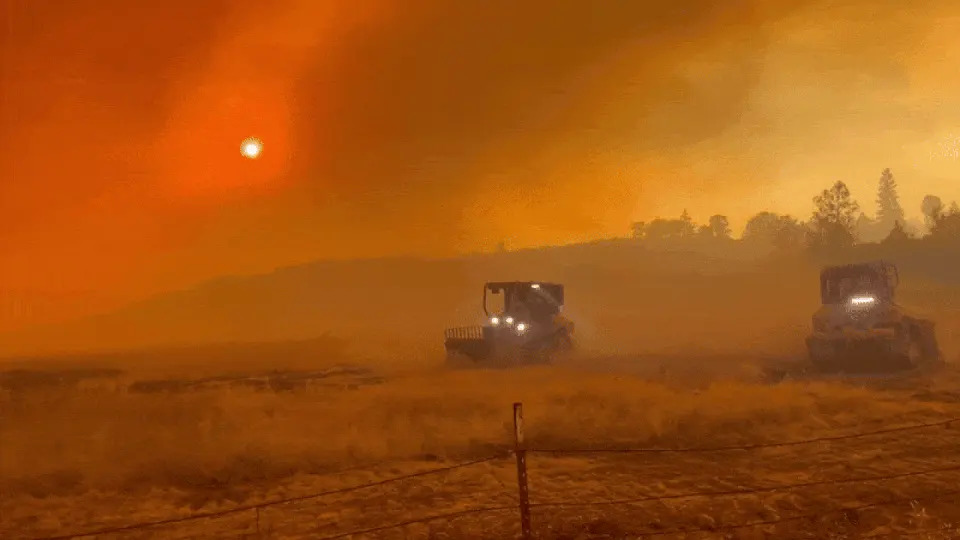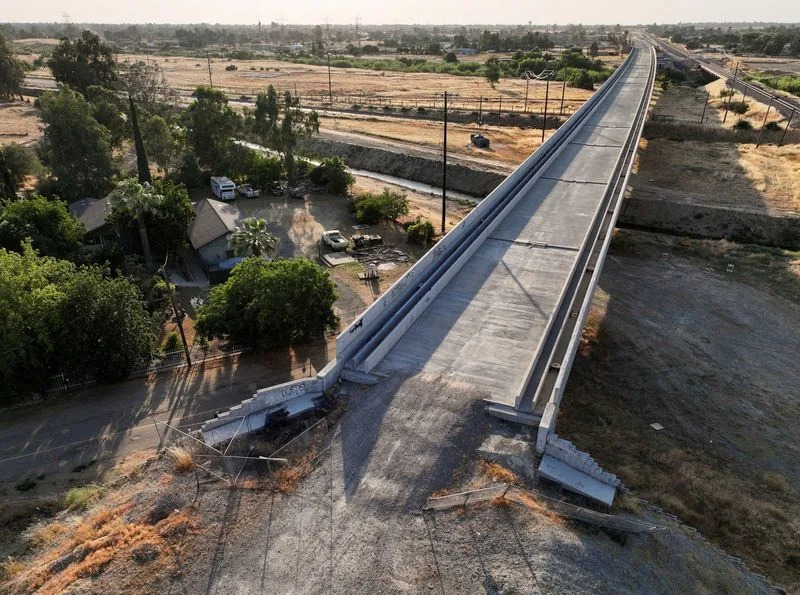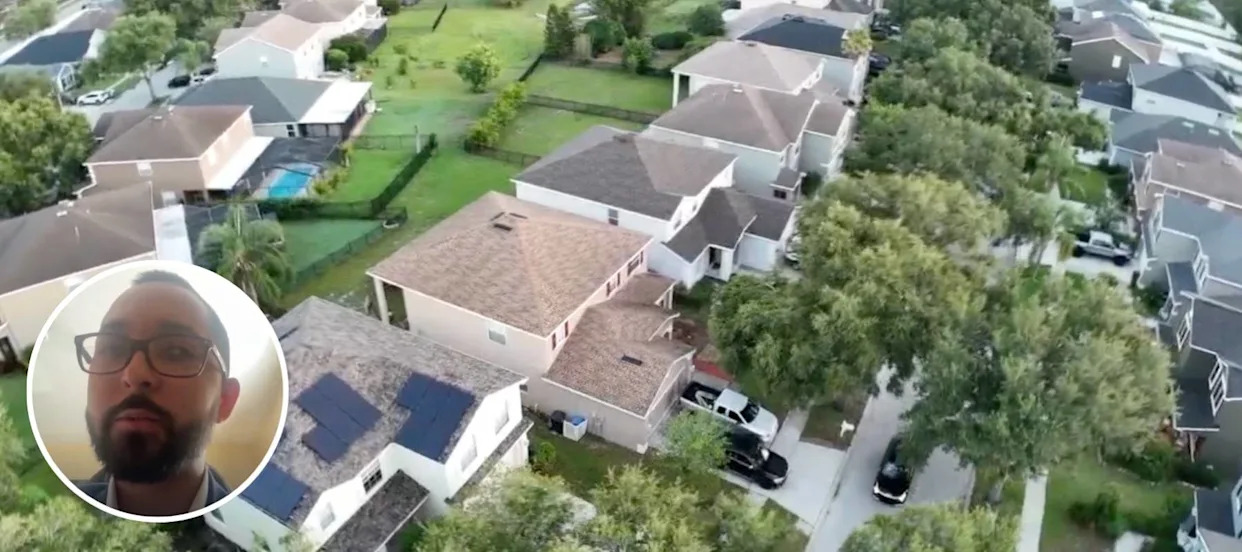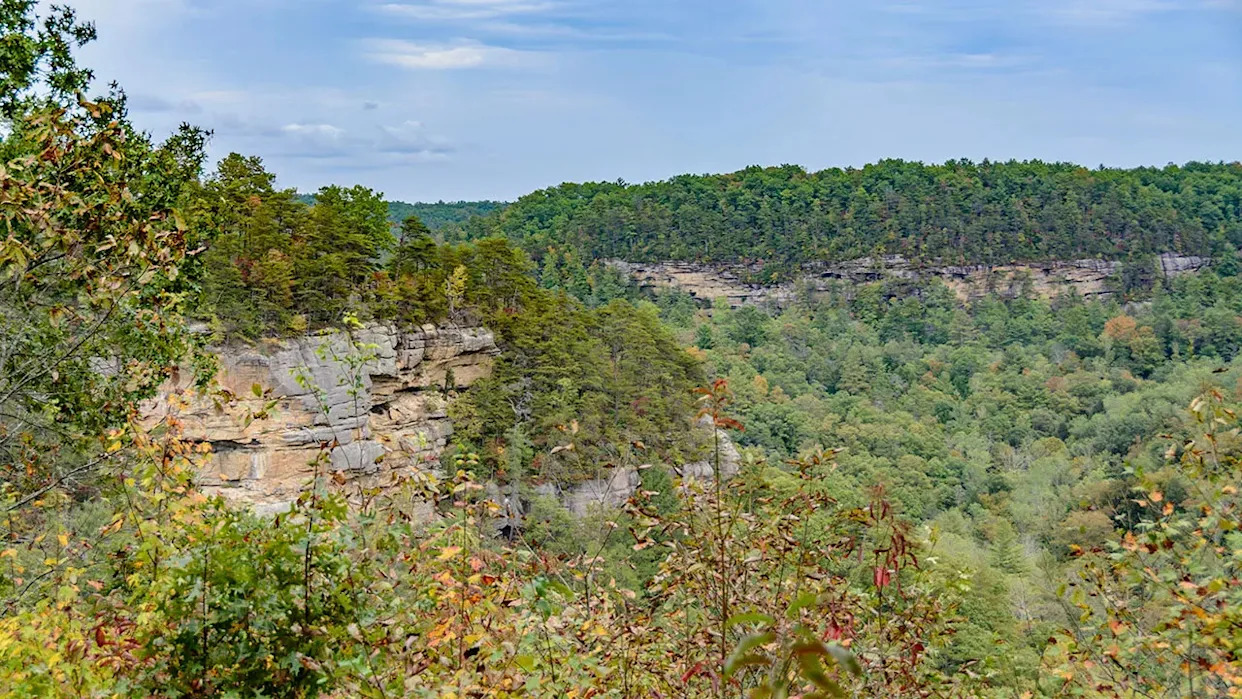
That brisk air. The leaves falling. Digging out those sweaters and jackets.
Well, maybe not in Florida, although the arrival of pumpkin spice everything is a welcome harbinger of cooler temperatures somewhere.
➤ Weather alerts via text: Sign up to get updates about current storms and weather events by location
Unfortunately for Florida, the only leaves falling are palm fronds knocked off by the latest tropical storm or hurricane. Brisk air is any temperature below 90. And sweaters are something you bring into restaurants that really crank down the air conditioning.
Fall for us means checking that hurricane supply kit as we enter the busiest time of the Atlantic hurricane season.
While hurricane season runs from June 1 through Nov. 30, the most-active period is from mid-August through mid-October, with the peak hitting Sept. 10.
So while we welcome a brief lull in tropical activity as Tropical Storm Fernand wanders farther north in the central Atlantic, here's what past Septembers have meant to Florida when it comes to hurricanes.
Florida September hurricanes, and 1 late August storm that's hard to forget
We took a look back over the last 10 years to see what hurricanes hit or had an impact on Florida in September. And we "snuck" a late August one on the list.
What surprised us was that there were five years during which Florida dodged a direct impact from a hurricane. That doesn't mean there weren't any impacts from tropical storms, but for the purpose of this story, we focused on September hurricanes.
Will the same happen in 2025? Only time will tell in a year forecasters are predicting we will see above-normal activity.
And yes, we noticed three of the five hurricanes in past Septembers include three starting with I and two starting with H, with Sally sneaking into the mix:
Hurricane Helene: Sept. 27, 2024
Hurricane Idalia: Aug. 30, 2023
Hurricane Ian: Sept. 28, 2022
Hurricane Sally: Sept. 15, 2020
Hurricane Hermine: Sept. 2, 2016
Hurricane Helene hit Florida Big Bend as Category 4 storm
Hurricane Helene made landfall as Category 4 storm in Florida's Big Bend, about 10 miles southwest of Perry, on Sept. 27, 2024, with maximum sustained winds of 138 mph.
It was the "strongest landfalling hurricane in the Florida Big Bend region since reliable records beganaround 1900," NOAA said.
"The storm brought catastrophic inland flooding, extreme winds, deadly storm surge, and numerous tornadoes that devastated portions of the southeastern United States and southern Appalachians," according to NOAA.
➤ Helene was one of the deadliest storms in recent history. How it devastated the Southeast
Helene brought a catastrophic storm surge, with significant impacts to coastal communities along a large portion of Florida’s Gulf Coast, NOAA said. In the Big Bend region, storm surge inundation reached 12 to 16 feet and "devastated" small coastal communities.
Significant storm surge and wave impacts extended as far south as Naples; dangerous storm surge was seen in such densely populated areas such as Tampa Bay and Sarasota.
"Helene is responsible for at least 250 fatalities in the United States, including at least 176 direct deaths, making it the deadliest hurricane in the contiguous U.S. since Katrina in 2005."
Hurricane Idalia hit Florida Big Bend as Category 3 storm
Hurricane Idalia made landfall as a Category 3 hurricane along the Florida Big Bend near Keaton Beach on Aug. 30, 2023.
Idalia rapidly intensified when it entered the warm Gulf waters Aug. 29. As it moved north, its eye passed 110 miles west of Tampa, bringing bands of heavy rain and gusty winds across southwest and central Florida.
Idalia's sustained winds hit 132 mph, making it a Category 4 storm, as it approached the Big Bend, about 80 miles south of Tallahassee, but weakened to a Category 3 storm with 115 mph winds before making landfall.
At the time, "Idalia was the third-strongest hurricane to affect the Big Bend region of Florida, only behind the 1896 Cedar Key Hurricane and Hurricane Easy in 1950," NOAA said.
Hurricane Idalia brought a dangerous storm surge to the Florida Big Bend region, with the maximum inundation of 8 to 12 feet above ground level occurring from Keaton Beach to Steinhatchee.
Idalia is responsible for 12 fatalities and an estimated $3.6 billion in damage in the United States. All of the direct fatalities were caused by rough surf and rip currents.
Hurricane Ian makes multiple landfalls in Florida
Hurricane Ian made landfall in southwestern Florida on Sept. 28, 2022, as a Category 4 storm, weakening from its peak hours earlier as a Category 5 storm with 161-mph winds.
Ian made landfall on the barrier island of Cayo Costa as a strong Category 4 storm, with maximum sustained winds of 149 mph. Ian had made landfall earlier at Dry Tortugas with 126-mph winds.
An hour and a half later, the center of Ian’s large eye made another landfall near Punta Gorda with 143-mph winds, according to NOAA.
Ian steadily weakened as it moved northeast across the Florida peninsula and was a tropical storm by the time it entered the Atlantic near Cape Canaveral Sept. 30. Maximum sustained winds at the time were 69 mph. It strengthened into a hurricane again before making a third landfall in South Carolina.
"Ian produced a catastrophic storm surge along the southwest coast of Florida, impactingthe barrier islands near Fort Myers, as well as rivers and bays such as the Caloosahatchee River,Estero Bay, the Imperial River, and Naples Bay. Peak storm surge inundation levels of 10 to15 feet" occurred in Fort Myers Beach, NOAA said.
In addition to storm surge, Ian also brought damaging winds, and historic freshwater flooding across much of central and northern Florida.
Ian was responsible for over 150 direct and indirect deaths and over $112 billion in damage, making it the costliest hurricane in Florida’s history and the third-costliest in United States history, at the time.
Record 2020 hurricane season brought impacts from Hurricane Sally to Florida
The year 2020 was a record-breaking year in the Atlantic basin, with 31 named storms.
In September, no hurricane made landfall in Florida, but "erratic" Hurricane Sally, which made landfall Sept. 15, 2020, at Gulf Shores, Alabama as a Category 2 storm with estimated 96-mph winds, Sally also brought hurricane-force winds to the western Florida Panhandle, according to NOAA.
After making landfall, Sally moved northeast across extreme southern Alabama and theextreme western part of the Florida Panhandle, weakening into a tropical storm before as it crossed back into southern Alabama.
Sally became tropical depression over the Everglades Sept. 12 and a hurricane about 125 miles south of Pensacola on Sept. 14. Sally produced hurricane-force winds along the coasts of Alabama and the western Florida Panhandle, along with "a complex pattern of storm surge flooding" along much of the central and northeastern U.S. Gulf coast, and record river flooding resulting from heavy rainfall.
A couple of days earlier, what was to become Sally was close to becoming a tropical storm before it made landfall near Cutler Bay on Sept. 12. Winds increased to tropical storm force later that morning around at several sites along the southeastern Florida coast, NOAA said.
Additional data suggest Sally had become a tropical storm earlier that morning while its center was over the Everglades in South Florida.
Sally's slow motion brought plenty of rain. In Florida, a maximum total of 24.88 inches was measured just west of Naval Air Station Pensacola. Some areas over the Florida Keys received a foot or more of rain. A total of 12.88 inches of rain was measured in Islamorada on Lower Matecumbe Key.
"Thousands of structures were damaged in Escambia and Santa Rosa counties by strong wind and storm surge, and around 50 structures were destroyed," NOAA said. Media reports indicate at least 240,000 customers lost power due to widespread downed trees and power lines.
Sally is responsible for four direct fatalities in Florida.
Hurricane Irma made 7 landfalls, including 2 in Florida as Category 3 and 4 storm
Hurricane Irma was a long-lived Cape Verde hurricane that made seven landfalls, four of which occurred as a Category 5 storm across the northern Caribbean Islands. It's estimated maximum sustained winds hit 178 mph on Sept. 5.
Irma made two landfalls in Florida, the first as a Category 4 hurricane near Cudjoe Key on Sept. 10, 2017, with maximum sustained winds of 132 mph and then near Marco Island as a Category 3 storm later the same day with maximum sustained winds of 115 mph.
Irma caused widespread devastation across the affected areas and was one of the strongest and costliest hurricanes on record in the Atlantic basin at the time.
Irma traveled north through central Florida as a hurricane, weakening to a tropical storm near Gainesville Sept. 11 before moving into Georgia.
Irma brough heavy rain across much of Florida, and rainfall totals of 10 to 15 inches were common across the peninsula and the Keys. The maximum reported storm-total rainfall was near Fort Pierce, where 21.66 inches of rain Sept. 9-12.
Irma produced 25 confirmed tornadoes, with 21 in Florida. The majority of the tornadoes occurred along the east coast of central and northern Florida.
In the United States, 10 direct deaths were reported, and an additional 82 indirect deaths occurred, 77 of which were in Florida.
About 6 million residents in Florida were evacuated from coastal areas.
Hurricane Hermine hits Florida Big Bend as Category 1 storm
Hurricane Hermine was a Category 1 hurricane when it made landfall Sept. 2, 2016, along the sparsely populated Big Bend coast of Florida just east of St. Marks with maximum sustained winds of 80 mph.
Hermine produced heavy rainfall across much of western and northern Florida.
The maximum reported storm-total rainfall was near Tarpon Springs in Pinellas County,where 22.36 inches was measured between Aug. 30 and Sept. 2.
More than 10 inches of rain was reported at other sites along the west coast of Florida, particularly in Pinellas, Pasco, Manatee, and Charlotte counties.
Hermine produced 10 total tornadoes, including five in Florida.
The highest measured storm surge in Florida was 7.50 feet above normal tide levels on Cedar Key.
Hermine caused one direct death in Florida.
Hermine was the first hurricane to make landfall in Florida since Wilma in 2005.
Over 10 years, September hurricanes missed Florida 5 times
No September hurricanes hit Florida five times over the last 10 years:
2021
2019
2018
2015
2014
Four Category 5 hurricanes have hit US. Three made landfall in Florida
Four Category 5 hurricanes have made landfall in the United States, and three of those were in Florida. Here is a list of the four Category 5 hurricanes to have made landfall in the U.S., including one that hit Florida on Labor Day in September:
1935 Labor Day Hurricane: Made landfall in the Florida Keys. Sept. 2.
Hurricane Camille (1969): Made landfall in Mississippi. Aug. 17.
Hurricane Andrew (1992): Made landfall in South Florida. Aug. 24
Hurricane Michael (2018): Made landfall in the Florida Panhandle. Oct. 10.
Category 5 storms have sustained winds of 157 mph or higher
Stay informed. Get weather alerts via text
What's next?
We will update our tropical weather coverage daily.
Download your local site's app to ensure you're always connected to the news. And look for our special subscription offers here.
This article originally appeared on Naples Daily News: Florida Sept. hurricanes since 2014 include Helene, Idalia, Ian, Irma








Comments